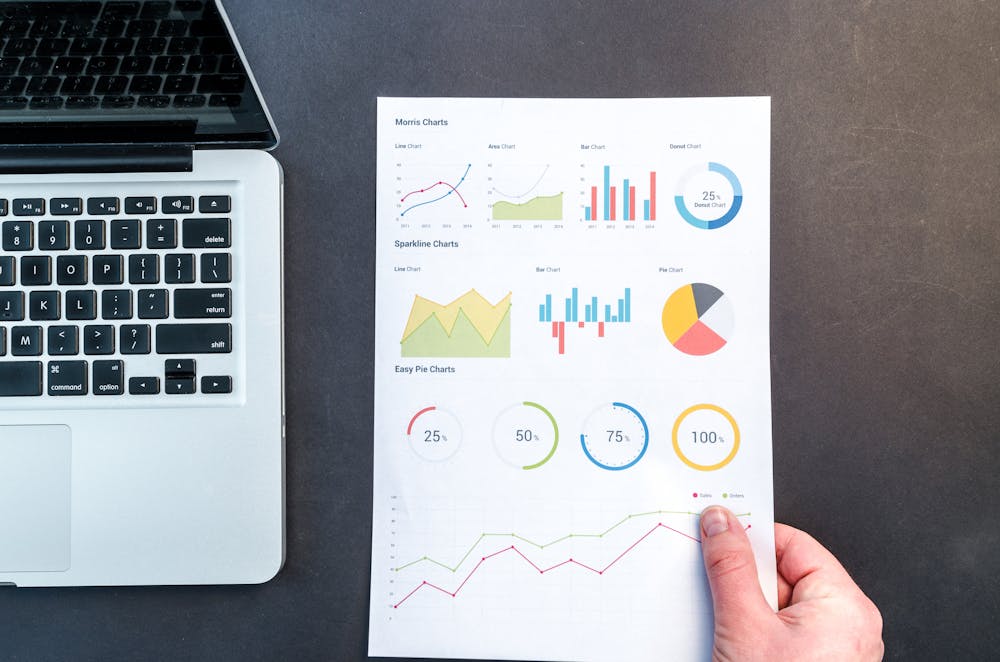
backlinks are an integral component of digital marketing and SEO strategies. They play a critical role in defining a website’s authority and search engine rankings. While most webmasters focus on acquiring as many backlinks as possible, understanding the distinction between follow and nofollow links is vital for optimizing backlink strategies. This comprehensive guide will delve into the nuances of these two types of links, their importance, how to use them effectively, and how companies like Backlink Works can help improve your backlinking strategies.
What Are Backlinks?
Before discussing follow and nofollow links, it’s essential to understand what backlinks are. Simply put, backlinks are hyperlinks from one website to another. When a website links to your page, it acts as a vote of confidence, signaling to search engines that your content is valuable and trustworthy. The more high-quality backlinks a site has, the more likely it is to rank higher on search engine results pages (SERPs).
Types of Backlinks
Backlinks can be categorized into two main types: follow links and nofollow links. Each type serves a unique purpose and has different implications for SEO.
Follow Links
Follow links, also known as "dofollow" links, allow search engines to follow the hyperlink and pass on "link juice" or authority from one site to another. This means that when a page links to another with a follow tag, it signals to search engines such as Google to consider the linked page as a credible resource, helping improve its search visibility.
Benefits of Follow Links:
- SEO Benefits: Follow links contribute to improving SERP rankings by passing on authority and trustworthiness to the linked site.
- Referral Traffic: They can lead to increased traffic from users clicking on the link leading to your site.
- Increase Domain Authority: Acquiring high-quality follow links enhances your website’s overall authority.
Nofollow Links
Nofollow links are hyperlinks that contain the rel="nofollow" tag, instructing search engines not to follow or pass link juice to the linked page. While these links do not directly contribute to SEO in the same way that follow links do, they still hold significant value.
Benefits of Nofollow Links:
- Traffic Generation: Nofollow links can still direct users to your website, enhancing your audience reach.
- Diverse Link Profile: A portfolio that includes both follow and nofollow links looks more natural to search engines.
- Reducing Spam: Nofollow links can help manage spammy sites, as they prevent link juice from passing to potentially harmful or low-quality sites.
The Importance of Understanding Follow and Nofollow Links
Understanding the distinction between follow and nofollow links is crucial for managing your backlink strategy. Here are a few reasons why:
1. Link Quality vs. Quantity
While accumulating backlinks is essential, focusing solely on quantity could hurt your website’s ranking. High-quality follow links can benefit your SEO strategy significantly, while an excess of nofollow links without a solid link-building foundation may prove to be less effective.
2. Creating a Balanced Link Profile
A balanced link profile combines both follow and nofollow links. This variety demonstrates to search engines that your website is trustworthy and well-regarded across different platforms.
3. Potential for Traffic Generation
Nofollow links can still bring in substantial referral traffic. Blogs, forums, and social media platforms commonly use nofollow links, making them valuable for attracting new visitors even if they don’t contribute to direct SEO benefits.
How to Build a Successful Backlink Strategy
1. Identify Your Target Audience
Begin by understanding who your target audience is. This knowledge can help you determine where to focus your backlinking efforts, whether on high-authority websites, blogs, or online communities related to your industry.
2. Content Creation and Optimization
Creating high-quality, engaging content that naturally attracts backlinks is crucial. SEO-optimized blog posts, infographics, videos, and case studies are often picked up by others to link back to. Mimicking successful content in your niche can provide a roadmap for creating your own valuable contributions.
3. Guest Posting
Guest posting on authoritative websites is a powerful way to earn quality follow links. By providing insightful articles for other blogs, you can both gain exposure to a new audience and secure dofollow backlinks.
4. Leveraging Social Media
While most social media links are nofollow, they can still provide significant exposure. Promote your content through various social media channels to encourage sharing, which may lead to higher engagement and the potential acquisition of follow links from users who reference your work.
5. Engaging in Online Communities
Participate in forums, discussion boards, and online communities relevant to your industry. Whether it’s through providing expert advice or sharing valuable content, these activities can lead to nofollow links but also establish credibility and authority in your niche.
6. Collaborate with Influencers
Partnering with influencers can help you gain both links and visibility. They can share your content with their followers, providing valuable engagement and potential backlinks.
7. Using Backlink Tools and Monitoring
Utilizing backlink analysis tools allows you to track your existing backlinks and identify potential opportunities. Monitoring tools can also help in assessing the quality of your link profile over time, ensuring there are no toxic or spammy links that may harm your rankings.
8. Building Relationships
Developing relationships with other bloggers and industry experts is essential. Building a network allows for collaborative opportunities, including guest blogging, content-sharing, and link exchanges.
Analyzing Your Backlinks
Continuously monitoring and analyzing your backlinks is critical for maintaining a healthy link profile. Here are some steps to follow:
1. Regular Audits
Conducting regular backlink audits helps keep an eye on the quality and relevance of your links. Tools like SEO analyzers can assist in identifying any negative SEO factors affecting your site’s performance.
2. Disavow Toxic Links
Identify and disavow any toxic backlinks that could harm your site’s authority. Google Search Console offers a disavow tool to help you remove unwanted links from the search engine’s assessments.
3. Evaluate Referral Traffic
Monitor the traffic gained from both follow and nofollow links using Google Analytics. Understanding the source of your traffic can provide insights into which backlinks are most valuable.
Backlink Works: Your Partner in Backlink Strategies
In the landscape of competitive SEO practices, embracing a comprehensive backlink strategy becomes pivotal. That’s where brands specializing in backlink services, like Backlink Works, come in. They can provide solutions tailored to your needs, ensuring a robust link-building process.
Key Offerings from Backlink Works:
- High-Quality Backlink Acquisition: They focus on obtaining quality follow links from reputable sources.
- Diverse Link Profiles: Utilizing a mix of rock-solid follow and nofollow links tailored to your industry makes for a compelling case to search engines.
- In-depth Analysis and Reporting: Continuous monitoring and analysis gives you peace of mind, ensuring your backlink strategy remains effective.
- Education and Guidance: They offer invaluable insights and strategies on how to organically build your links is crucial for long-term digital marketing success.
Conclusion
In summary, understanding follow vs. nofollow links is more than just a fundamental aspect of SEO; it’s about crafting a cohesive and strategic link-building approach. Both types of links play critical roles in enhancing your site’s search engine visibility and traffic. A well-rounded backlink strategy that incorporates a mix of both follow and nofollow links can yield significant benefits.
By implementing the strategies outlined in this guide and possibly collaborations with expert services like Backlink Works, you can optimize your backlinks effectively and sustainably, ensuring that your website not only grows in authority but also continues to attract organic traffic.
FAQs
1. What are follow links, and why are they important?
Follow links are hyperlinks that allow search engines to follow them, transferring authority from one site to another. They are crucial for SEO as they contribute to improving search rankings and domain authority.
2. What are nofollow links, and how do they benefit my website?
Nofollow links contain a tag that instructs search engines not to follow them. While they don’t pass authority, they can still bring referral traffic and diversify your link portfolio.
3. How can I determine if a link is follow or nofollow?
You can view the HTML source code of the webpage containing the link. If it states rel="nofollow", it’s a nofollow link; if absent, it’s a follow link.
4. Can I use nofollow links in my SEO strategy?
Yes! Including nofollow links in your strategy is important for fostering a natural-looking backlink profile and generating traffic.
5. How do I identify toxic backlinks?
You can identify toxic backlinks through regular audits utilizing tools like Google Search Console and various SEO analysis tools that flag questionable or harmful links.
6. What is Backlink Works, and how can it help with my backlink strategy?
Backlink Works offers specialized backlink services aimed at building quality, relevant backlinks. They help in monitoring, analysis, and execution of effective backlink strategies tailored to your unique needs.
By following this guide and taking advantage of the services at your disposal, like those from Backlink Works, you can navigate the complexities of backlinks with confidence, ultimately leading your website to greater heights in the digital landscape.





